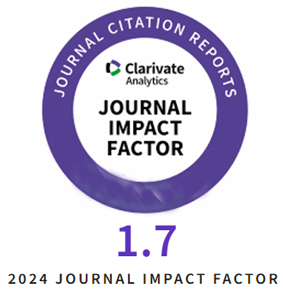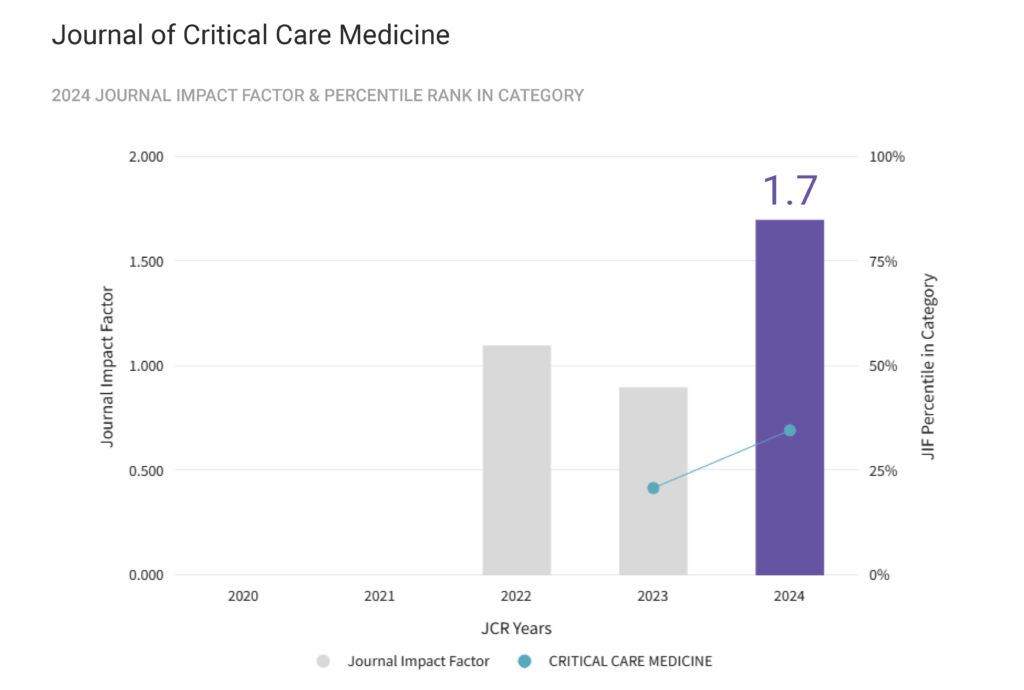Background: The rapid aging of the global population has amplified the clinical and economic burden of sepsis, a leading cause of morbidity and mortality in the elderly. Within this demographic, the “very elderly” (≥80 years) represent a particularly vulnerable subgroup. This study evaluates and compares the outcomes and prognostic factors of elderly (65–79 years) and very elderly ICU patients with sepsis or septic shock.
Methods: A retrospective observational study was conducted in a single-center ICU, including 251 patients aged ≥65 years diagnosed with sepsis or septic shock. Patients were categorized as elderly (65–79 years, N=162) or very elderly (≥80 years, N=89). Data on demographics, comorbidities, laboratory results, infection sources, treatments, and outcomes were collected. Prognostic factors for mortality were analyzed using binary logistic regression.
Results: The very elderly group exhibited higher rates of dementia, immobility, and fungal infections, while malignancy was more prevalent in the elderly group. ICU length of stay was longer in the very elderly group (median 8 vs. 6 days, P=0.027). ICU mortality was lower in the very elderly group, showing a trend toward significance but not reaching statistical significance (70.8% vs. 82.1%, P=0.056). Shared predictors of mortality included higher SOFA scores, malignancy, hospital-acquired sepsis, invasive mechanical ventilation, and acute kidney injury.
Conclusion: This study highlights differences in sepsis outcomes between elderly and very elderly patients. The findings underscore the importance of developing and implementing age-specific management strategies to improve outcomes in these high-risk populations. These insights contribute to a more tailored and effective approach to geriatric critical care.
Tag Archives: elderly
Comparative analysis of outcomes between anemic and non-anemic critically ill elderly patients in a geriatric ICU in Egypt: A focused study
Background: Numbers of elderly patients who are being admitted to the intensive care unit (ICU) are increasing; Among ICU patients, elderly patients represent a particular subgroup, with a proportion of up to 50% for patients aged 65 years and over, and on average about 35% of admissions for patients older than 70–75 years. Also, those aged 80 years and older represent around 15% of total ICU population. In Egypt, a study conducted in seven regions found that geriatric patients represent around 48.5% of total ICU admission. Elderly individuals are more susceptible to anemia due to multiple comorbidities and age related changes. Anemia is a common problem among critically ill elderly patients with serious consequences. It is recognized as an independent risk factor for increased mortality and morbidity. In fact, anemia is the most prevalent hematologic disorder in the ICU. The prevalence of anemia among critically ill patients admitted to the ICU ranges from 60 to 66%. Approximately 60% of critically ill patients are anemic at admission, and an additional 40–50% develop anemia during their ICU stay. The condition is particularly common among older patients. Low hemoglobin (Hb) concentrations are associated with prolonged ICU and hospital stays , as well as increased mortality rates. Therefore, anemia is consequently a significant public health issue from the medical and economic perspectives. Aim: To compare outcomes between anemic and non- anemic critically ill elderly patients admitted to the Geriatric ICU at Ahmed Shawky geriatric Hospital, Ain Shams University hospitals.
Subjects and methods: A Prospective cohort study was conducted on two hundred sixteen elderly patients of both sexes aged 60 years old or older. It was carried out in the geriatric ICU at Ahmed Shawky geriatric Hospital, Ain Shams University Hospitals. Data collection included participants demographics, medical history, full labs assessment and anemia evaluation based on hemoglobin level, Severity of illness was assessed by validated scoring systems, including the Sequential organ failure assessment (SOFA score) on the first day of admission, as well as Acute physiology and chronic Health Evaluation (APACHE II, APACHE IV). Additionally, the Mortality Probability Model Score (MPM0-III) was applied at first day of admission, 48hours and 72 hours following ICU admission. Anemia management strategies were documented, including the use of blood transfusions, iron therapy and other supportive treatments. Clinical outcomes assessed included ICU length of stay, Site of discharge, in- hospital Mortality and the incidence of Hospital acquired infections.
Results: On admission 172(79.6%) of studied subjects were anemic, (90)41.7% had mild anemia, 56(25.9%) had moderate anemia and 26(12%) had severe anemia. Anemic patients showed significantly higher SOFA, MPM 24hrs, MPM 48hrs, MPM 72hrs, APACHE4, SAPSIII, extended hospital stays, and increased rates of hospital acquired infections(P<0.05). Predicators of mortality included the severity of anemia, the need for mechanical ventilation, and thrombocytopenia (P<0.001). However, anemia on admission to ICU was not a direct predictor of in- hospital mortality. Regarding management of anemia: seventy three (33.9%) of the anemic subjects received blood transfusion. Fourteen (6.5%) received either enteral or parental iron therapy, 20(9.3%) of studied subjects were given erythropoietin, 3(1.4%) of them were given vitamin B12 and folic acid.
Conclusion: On admission, 79.6% of critically ill elderly patients had anemia. The presence of anemia in this population was associated with prolonged ICU stays, increased in-hospital mortality and a higher risk of hospital acquired infections.
Role of Quetiapine in the Prevention of ICU Delirium in Elderly Patients at a High Risk
Background: The aim of the present study was to denote the effectiveness of Quetiapine as additive to preventive bundle of delirium in elderly patients with multiple risks for delirium.
Patients and methods: The study was performed on 90 elderly patients over 60 years. The patients were divided into Group Q (Quetiapine) and Group C (No Quetiapine). Delirium was assessed using Intensive Care Delirium Screening Checklist (ICDSC) and the Confusion Assessment Method for the ICU (CAM-ICU).
Results: The incidence of delirium was significantly higher in group C. The severity of delirium was higher among group C; however, it was not statistically significant. The dominant type of delirium was hypoactive in group Q whereas hyperactive in group C. The interrater reliability between CAM-ICU-7 and ICDSE showed a kappa 0.98 denoting excellent correlation between the two scores. Somnolence was the most common side effect of Quetiapine (25%) followed by dry mouth (18%).
Conclusions: Prophylactic low dose of Quetiapine in elderly population in the preventive bundle could reduce the incidence of delirium with a low incidence of a major side effect, as well as CAM-ICU-7 is as effective as ICDSC in monitoring and early diagnosis of delirium.
Neurosyphilis Masquerading as Stroke in an 84-year-old
The case of an 84 years old woman with uncharacteristic neurologic and cognitive symptoms, suspected of ischemic stroke is presented. Following an extensive assessment in the departments of neurology and internal medicine, the unusual aetiology of stroke was identified as meningovascular neurosyphilis. The patient fully recovered after antibiotic therapy. To our knowledge, this the eldest patient with tertiary neurosyphilis reported in the literature.










